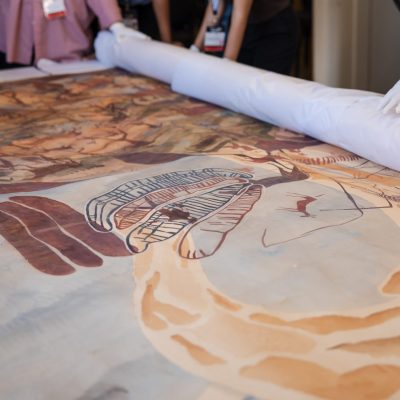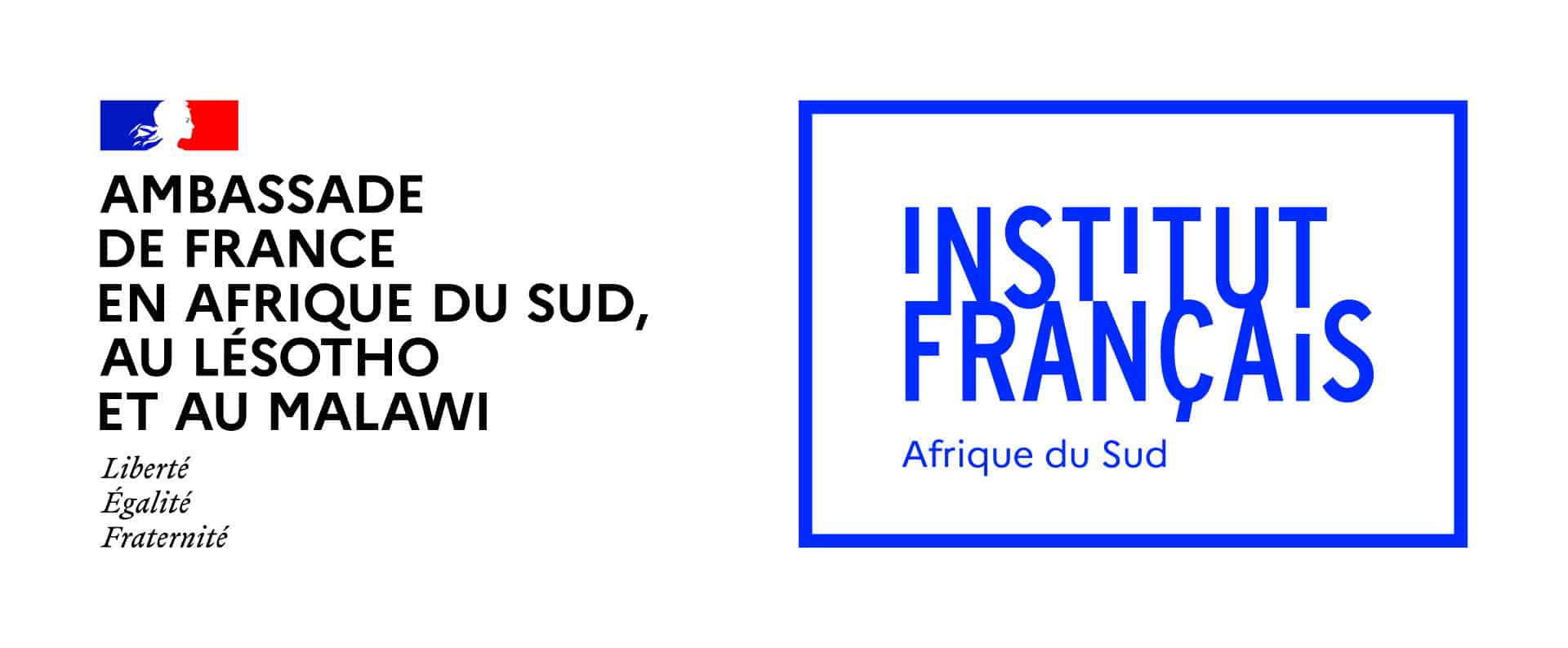By Tebogo Boikanyo
The Evidence of Things Not Seen: performing gendered and queer identities is a collaborative initiative between the Johannesburg Art Gallery (JAG) and the Google Arts and Culture platform. Designed to be engaged in the digital arena, the exhibition allows users to navigate the visual narrative by vertically scrolling through the interactive content.
This permanent online exhibition showcases a selection of works housed in the JAG collection created exclusively by artists of colour. It foregrounds works by world-renowned artists Mary Sibande, Nandipha Mntambo, Gabrielle Goliath, Tracey Rose, Belinda (Billie) Zangewa, Muholi and Nicholas Hlobo. The artworks included in the exhibition are each thematically related to the performative nature of identity. It provides viewers with an opportunity to contemplate how expressions of gender and queerness show up in the lived experiences around us. It also analyses how performing gendered and queer identities through visual art challenges traditional gender norms and stereotypes. The works facilitate a dialogue around the intersectionality of gendered identities, particularly by marginalised voices.


The Evidence of Things Not Seen: performing gendered and queer identities provides audiences with an examination of identity through the lens of performative art. Artworks like Nandipha Mntambo’s Balandzeli in tandem with Gabrielle Goliath’s triptych Ek is ‘n Kimberly Coloured negotiate notions of race and gender as a socially defined construct that is then redefined through the artists’ agency. A number of the artworks included in the exhibition foreground the artist’s use of self as subject, self as model and self as a mediator of meaning as a means to rewrite the ways in which we conceptualise gender and identity within a contemporary context. Works by Tracey Rose, Belinda (Billie) Zangewa, Nicholas Hlobo similarly express the manner in which representation can be used as a tool through which visual art can foster social justice as well as social acceptance.


The confrontational artworks encourage audience members to step out of their respective comfort zones and conceptually into both the personal as well as universal lived experiences portrayed. The art employs the body as a site of meaning-making, subversion as well as the creation of visibility. Ultimately, rendering the invisible, visible (as implied by the exhibition’s title). The exhibition speaks to the notion of identity as an abstract yet prevalent concept intertwined in our everyday lives. Through the use of technology, the exhibition renegotiates the future of gendered and queer performance in the digital age.By showcasing works by artists of colour, the exhibition harnesses the nature of performative expression as a means to empower marginalised and queer communities.

The digital nature of the exhibit also enables a broad reach, allowing anyone with internet access to engage with it. The dynamic user interface design enhances the manner in which the information is digested/engaged with. Images alongside excerpts from the artists themselves zoom in and out of view as a viewer engages with the digital show. The artwork captions are creatively included in the top left corner of the display. This format offers an immersive user experience that pairs digital curatorial practice with critical conversations in the context of the contemporary South African visual art scene.
Visit this link to view The Evidence of Things Not Seen: performing gendered and queer identities
This story is made possible by the Arts Story Incubator programme of Breinstorm Brand Architects, in collaboration with Klyntji and IQOQO. It is funded by a PESP-3 grant that is supported by BASA and the Department of Sports, Arts and Culture.






















